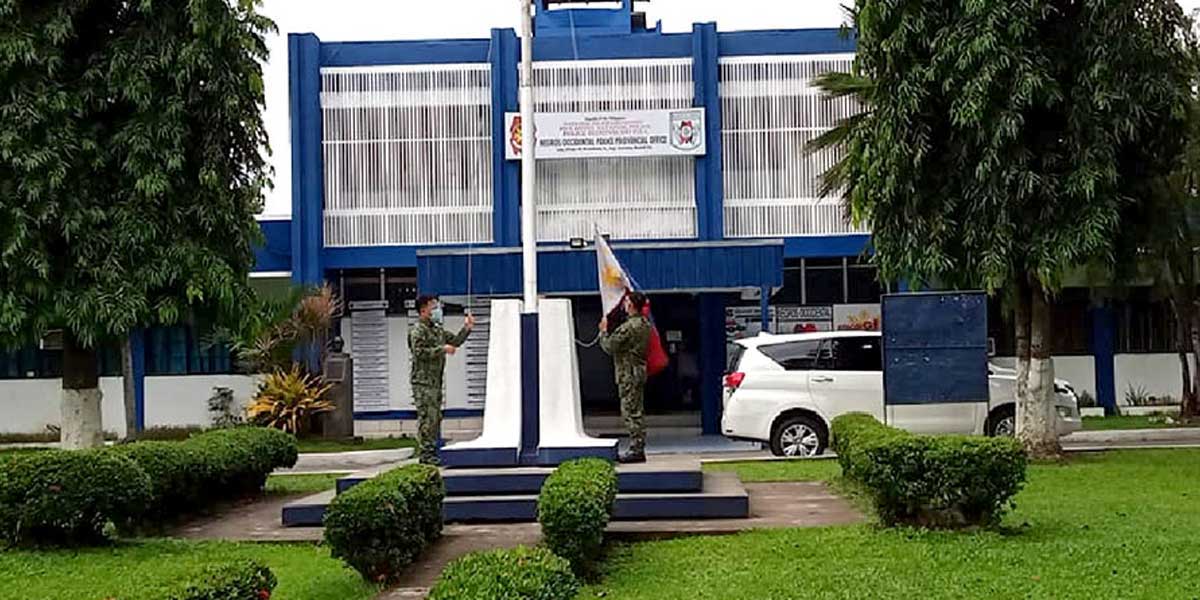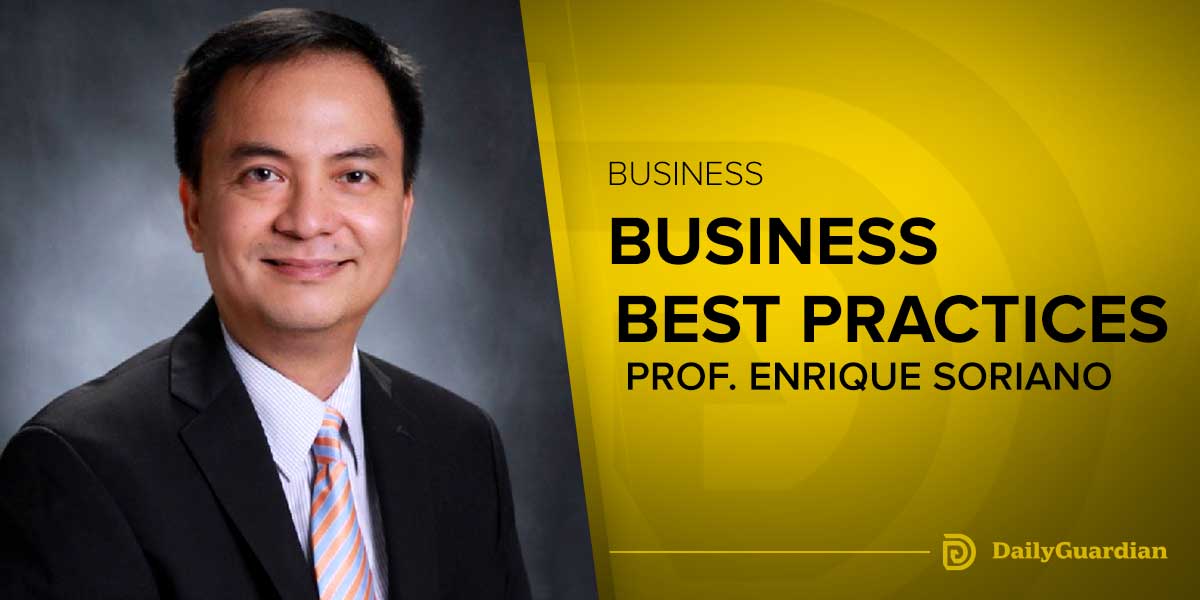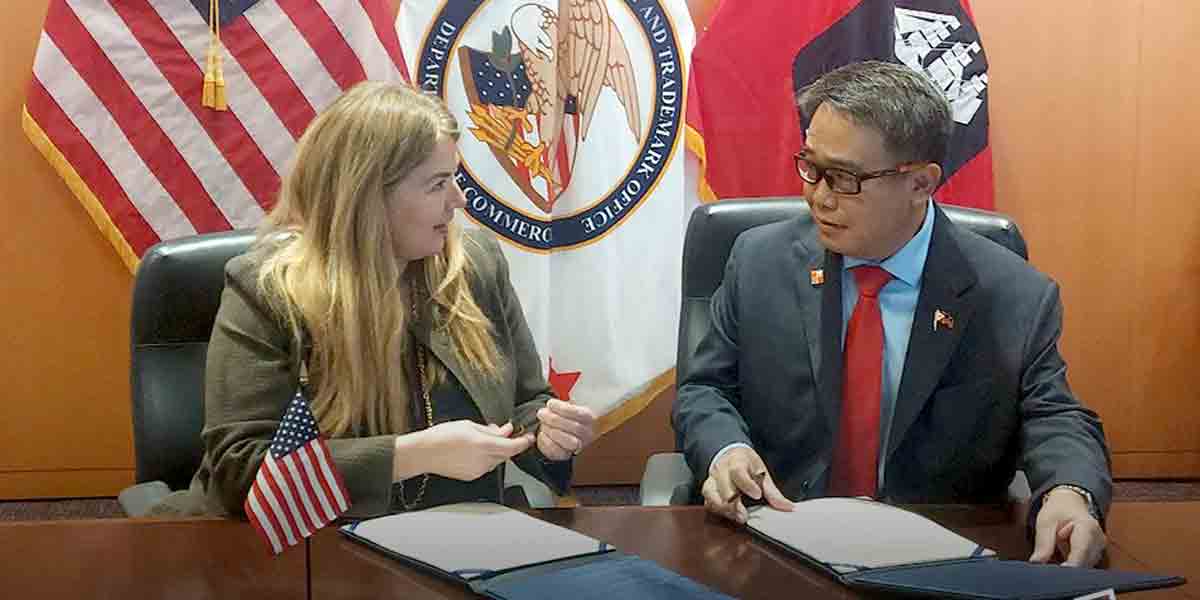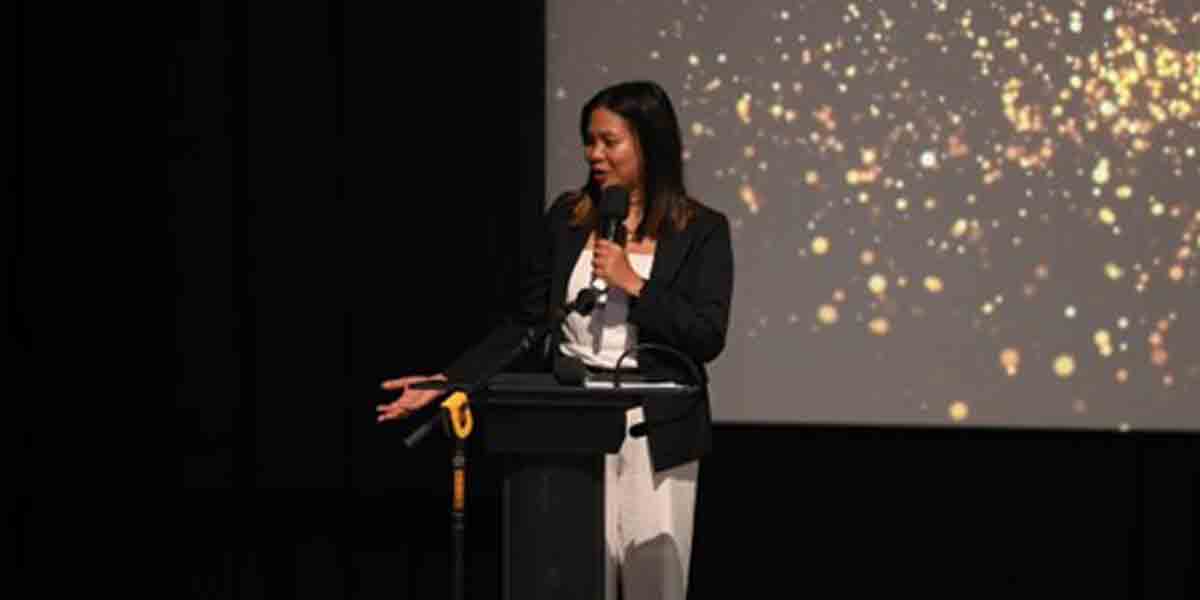By Herbert Vego
IN a past column, I recently mentioned the case of a friend, 39-year-old Argie Caro, who remains on the “waiting list” for hospitalization at the West Visayas State University Medical Center (WVSUMC) in Iloilo City because the free ward there is still fully occupied. He counts on the intercession of Rep. Julienne “Jam-Jam” Baronda to get that accommodation.
Argie’s lament reached the ears of New York-based fellow columnist Alex P. Vidal, who sent through this writer a substantial amount for his palliative medicines to stop further inflammation of tissues in his brain and lungs.
A few more good Samaritans have chipped in since then.
The last time I met Argie, he confessed that he also relies on a herbal capsule sent by his widowed mother from Surala, Cotabato. The capsule contains dried and powdered periwinkle — more popularly known as “rosas de baybayon” or “tsitsirika”. It is widely believed to be an adjunct cure for cancer, diabetes and myoma.
Hearing that, I encouraged him to keep on taking the concoction made of flowers, leaves and stems of the plant because I had known of a high-school teacher who had recovered from cancer because of it.
A team of Japanese businessmen had come to Iloilo looking for the plant to be mass-manufactured in capsule form in Japan.
Unfortunately, it has not been approved by the Food and Drug Administration (FDA) as medicine; only as a “food supplement”.
There are 13 medicinal plants, however, that have been FDA-approved, namely garlic, sambong, akapulko, yerba buena, tsaang gubat, ampalaya, lagundi, guava leaves, niyog-niyogan, tsaang gubat, pansit-pansitan, malunggay, tawa-tawa and banaba. Their uses are explained online.
There are now two local manufacturers turning lagundi into cough syrup and tablets, namely Pascual Laboratories and Pharex.
It’s not just to save money that some people have shifted to herbal alternatives but to evade side effects of conventional drugs. To cite a personal experience, my doctor prescribed an anti-cholesterol drug to protect me from “atherosclerotic aorta.”
However, within three days of taking the drug, I could no longer put on my polo shirt without wincing due to excruciating shoulder pain. It shocked me to read that other users of the drug had reported the same side effect as mine.
The book Stop Inflammation Now by an American physician, Dr. Richard Fleming, recommends fruits and vegetables as the better alternatives to anti-cholesterol drugs in restoring cardio-vascular health.
If we look back, we will discover that no less than the acknowledged Greek father of medicine, Hippocrates (460-337 BC), taught, “Let your food be your medicine.”
Today, we all know that vegetables and fruits strengthen the body’s built-in immune system, giving it the capacity to fight disease-causing bacteria and viruses. The lowly and cheap malunggay has already been proven effective in boosting the immune system.
There were no “fast foods” and preserved “junks” during Hippocrates’ time. The main foodstuffs then consisted mostly of fresh plants and fresh fish. That he lived to be an octogenarian proves that he successfully practiced what he had preached.
Hippocrates as a physician, research shows, prescribed natural remedies to prevent and treat diseases. His approach was both therapeutic and experimental, since there were no sophisticated laboratories yet to help him diagnose patients and evaluate outcome of treatment. He would wait and see. Whenever a patient recovered, he would further observe him to validate nutritional therapy, herbal medicine and other natural remedies.
Hippocrates might have heard about herbal practitioners who had preceded him. Today, such previously doubtful Chinese practices as acupuncture, acupressure and reflexology have gained niches in modern medicine.
Shed of hypocrisy, conventional medicine ought to be integrated with alternative medicine because they really do not oppose each other. On the contrary, they complement each other like parallel railroad tracks.
The latest discoveries in cancer prevention and treatment are mere rediscoveries. The supposedly newly-discovered therapeutic “isoflavones” in soybeans and “carotenoids” in certain fruits and vegetables had served our ancestors well.
The Philippine government, unfortunately, appears lukewarm in implementing the Traditional Alternative Medicine Act (TAMA) of 1998, which is supposed to encourage drug companies to use native herbs as active components of their products.
No thanks to health authorities’ “golden fidelity” to Big Pharma.
-oOo-
MORE POWER GOES FOR COMPETITIVE SELECTION PROCESS
BECAUSE of rapid inflation that has diminished the value of the Philippine peso – which is now P54 against the US dollar – it would likely jack up prices of prime commodities.
The water price of Metro Pacific Iloilo Water (MPIW) in Iloilo City, for instance, has already jumped from P11.75 to P21 per cubic meter.
The bulk water supplier, Flo Water, would have insisted for a whopping P25 – ay ka-cruel — had not Mayor Jerry Trenas intervened.
While it is feared that electricity would follow suit, MORE Electric and Power Corp. (MORE Power), would prefer to maintain its present rates in Iloilo City if possible, or push them up by just a few centavos. The household price, still below P8 per kilowatt-hour, is much lower than the P12 imposed by the Iloilo Electric Cooperative (ILECO) in the province.
With the impending expiration of its contract with the PSALM geothermal plant, MORE Power will engage in a competitive selection process (CSP) to enable consumers to pay the lowest rates.
MORE Power, according to its president, Roel Z. Castro, may also get 10 to 15 percent of its power supply from the Wholesale Electricity Spot Market (WESM).




















